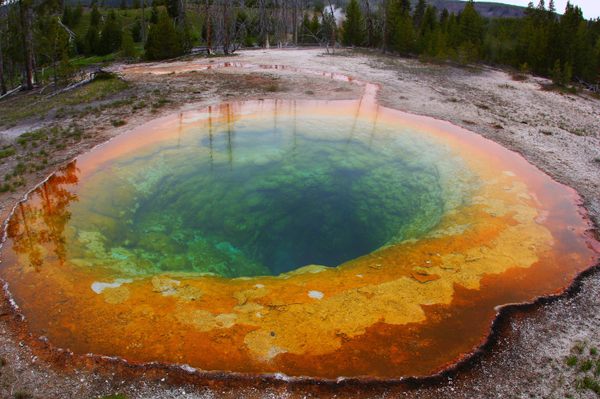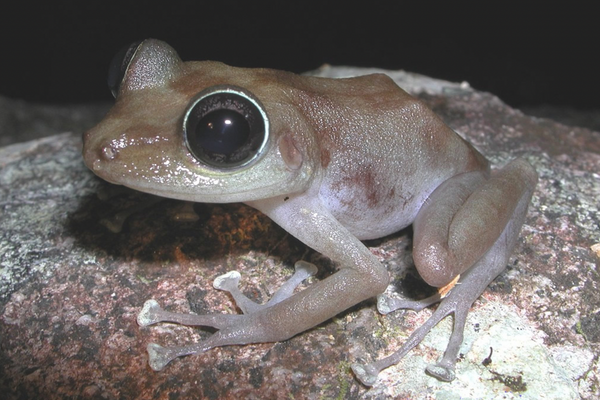The First Golden Eagle Tagged in Yellowstone Was Poisoned by Lead Shot
Hopefully it wasn’t all in vain.

The golden eagle population in Yellowstone National Park is in a curious, tenuous place; there’s a stable number of these birds of prey, but their reproductive rate is worryingly low. To discover why, this past winter wildlife biologists at Yellowstone began tagging the eagles to track their behavior. The scientific monitoring program, conducted and funded by the park, the University of Montana, Yellowstone Forever, and the U.S. Geological Survey (USGS), helped scientists solve an early mystery: Why the first golden eagle in park history to be fitted with a tracker suddenly turned up dead this past December.
Back in August 2018, researchers attached a transmitter to the first eagle they were able to trap for the study. Todd Katzner, a research wildlife biologist with the USGS who helped develop the novel tracking technology, says the scientists fit the eagle with a little backpack that contained a GPS telemetry device. The unit collects data every hour or so and makes it available to researchers online. So far the program has trapped six eagles, but the first held a special place in the hearts of those involved in the project.
According to transmitter data, the raptor, a female, roamed far and wide—nearly 40 miles north of the protections of the park. Shortly after the bird returned to her territory, it was found dead near Phantom Lake on the Blacktail Plateau. Researchers located the remains thanks to the last logged coordinates from the transmitter. The researchers had a suspect right away.


“The bird was necropsied at a wildlife pathology laboratory and samples of liver tissue [were] analyzed to evaluate lead concentrations,” Katzner says. Outside the bounds of Yellowstone, humans can hunt wild game such as elk and deer. Birds of prey, however, don’t know where the park ends. Biologists thought the bird might have feasted on carrion left behind by hunters, and ingested lead bullet fragments. The lab necropsy showed the five-year-old raptor’s lead levels were way over the lethal level. It’s not unusual for eagles to scavenge the “gut piles” left behind when hunters clean a carcass—some count on it as a source of food—but they can prove deadly.
“Avian scavengers globally are exposed to lead and suffer from lead poisoning,” says Katzner. “Data show that lead levels in birds usually peak during winter—concurrent with timing of hunting seasons. As such, it is not a surprise that a bird that crosses in and out of Yellowstone may have been exposed to lead. That said, as researchers, it is always frustrating when this happens because we care about the animals we study and we care about the success of our research.”
Lead ammunition fragments have been of concern to conservationists and scientists in the United States for years. In fact, lead bullets are considered the primary killer of condors in the wild. Copper shot offers a less-toxic alternative, but is far more expensive.
Perhaps most frustrating is that the best efforts to protect ecosystems don’t always work out, especially when the outside world finds its way into areas we try to keep safe. “This study shows that such exposure matters also to birds in protected areas, not just to wildlife outside of those protected areas,” Katzner says. The biologists hope that the information the bird provided in death can be used to help others avoid the same fate.





















Follow us on Twitter to get the latest on the world's hidden wonders.
Like us on Facebook to get the latest on the world's hidden wonders.
Follow us on Twitter Like us on Facebook